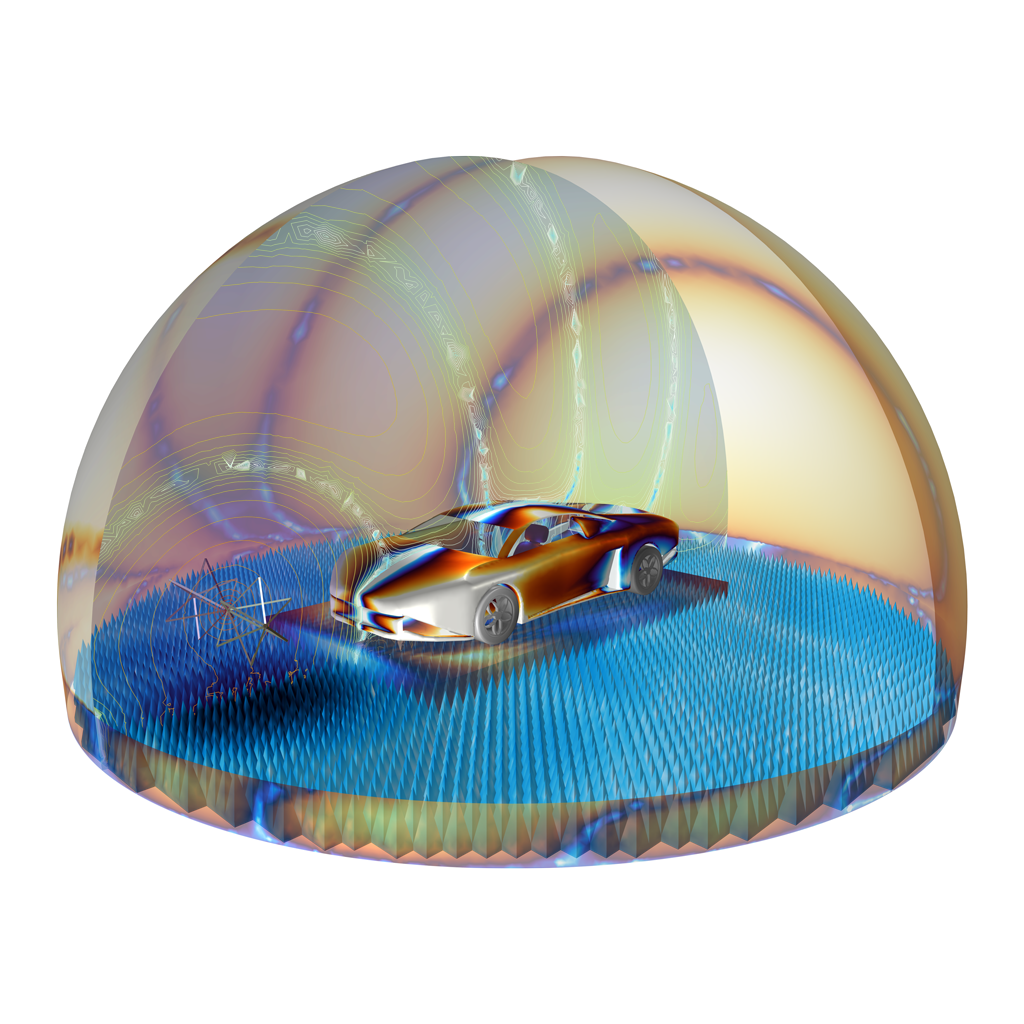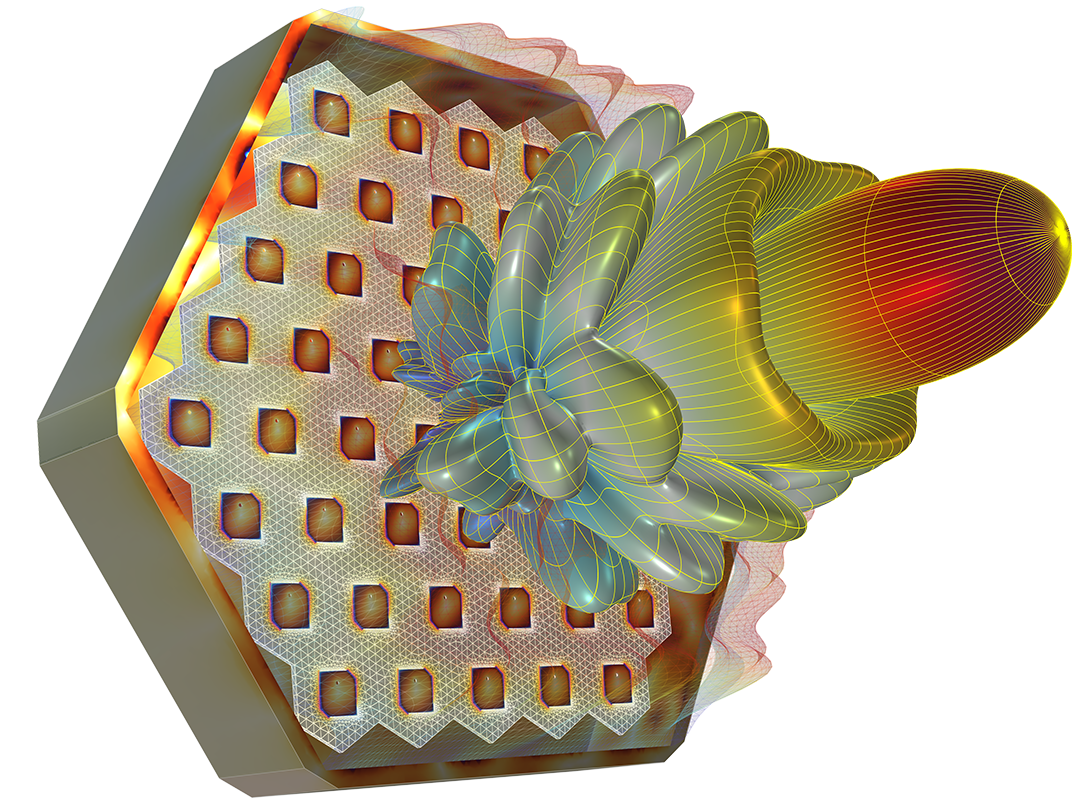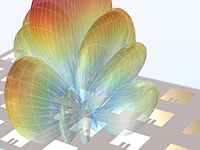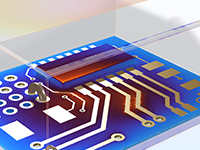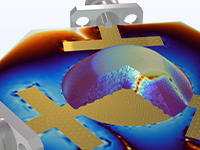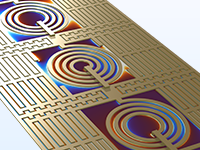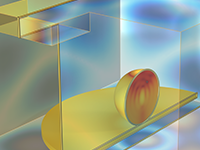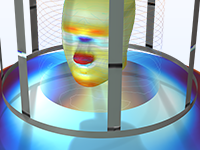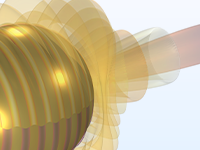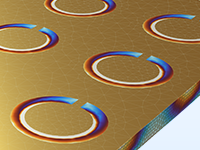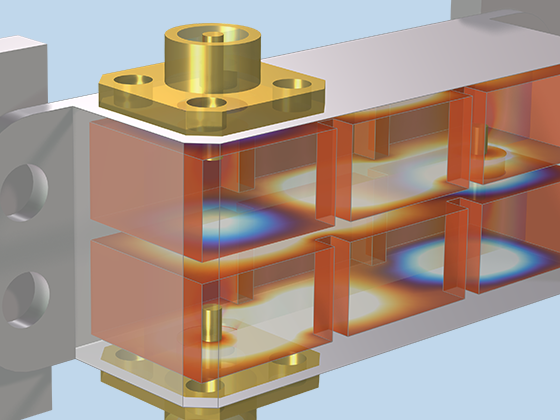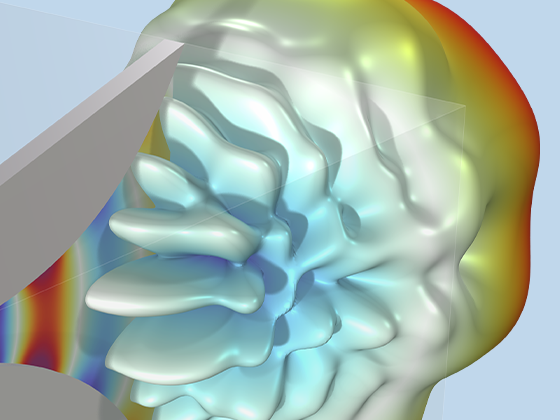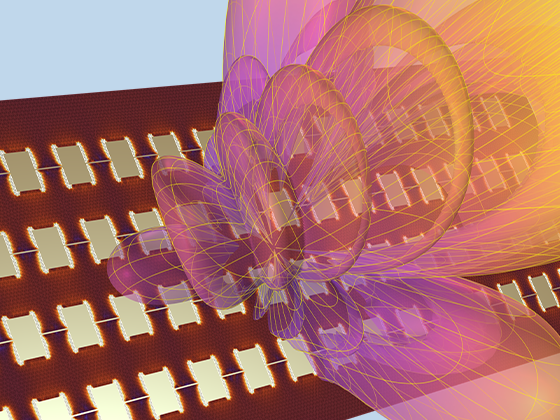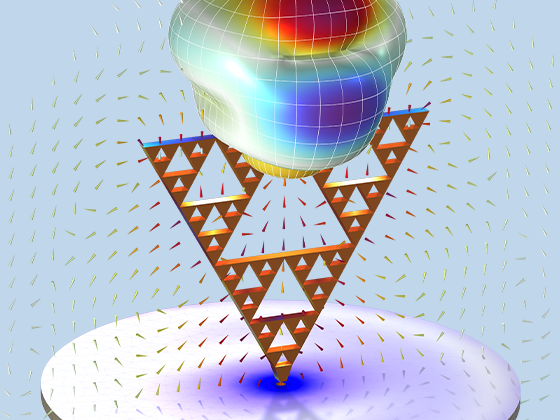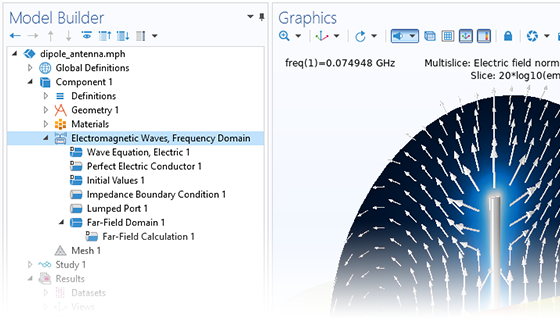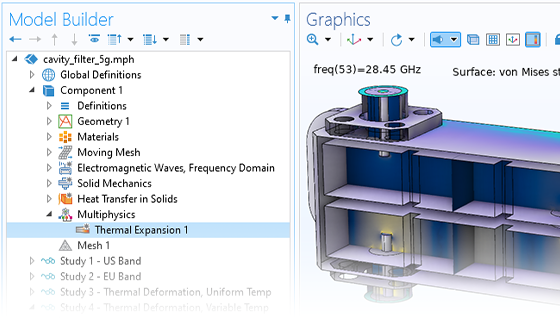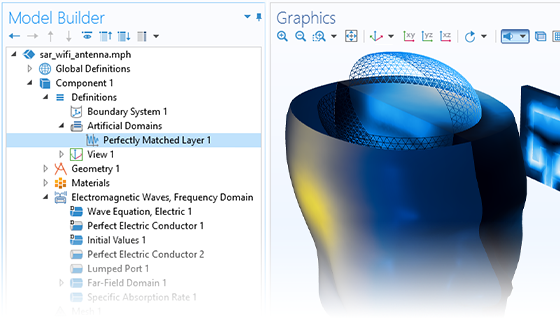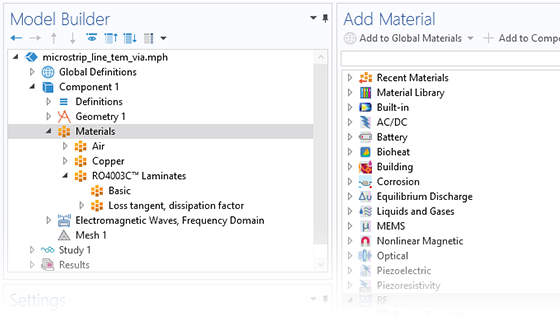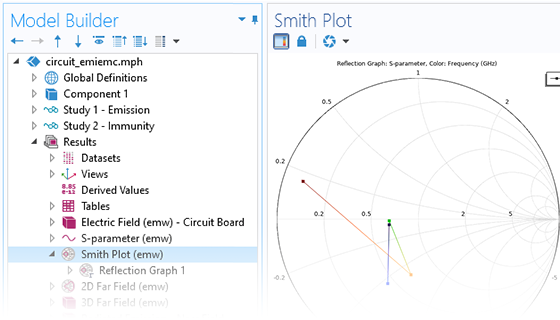Design for the Present and Future with the RF Module
In the fast-paced industry of wireless devices, electromagnetic wave analysis is used in product development to keep up with advancements in technology. For example, antennas and RF front ends, including filters, couplers, power dividers, and impedance matching circuits, should be compatible with future developments, such as the 5G MIMO network, internet of things (IoT), and SatCom.
It is also important to use analysis software to evaluate RF interference and compatibility in wireless communication platforms for the seamless operation of your products for developing applications, including wearable devices, autonomous vehicles, and state-of-the-art microwave and RF products.

